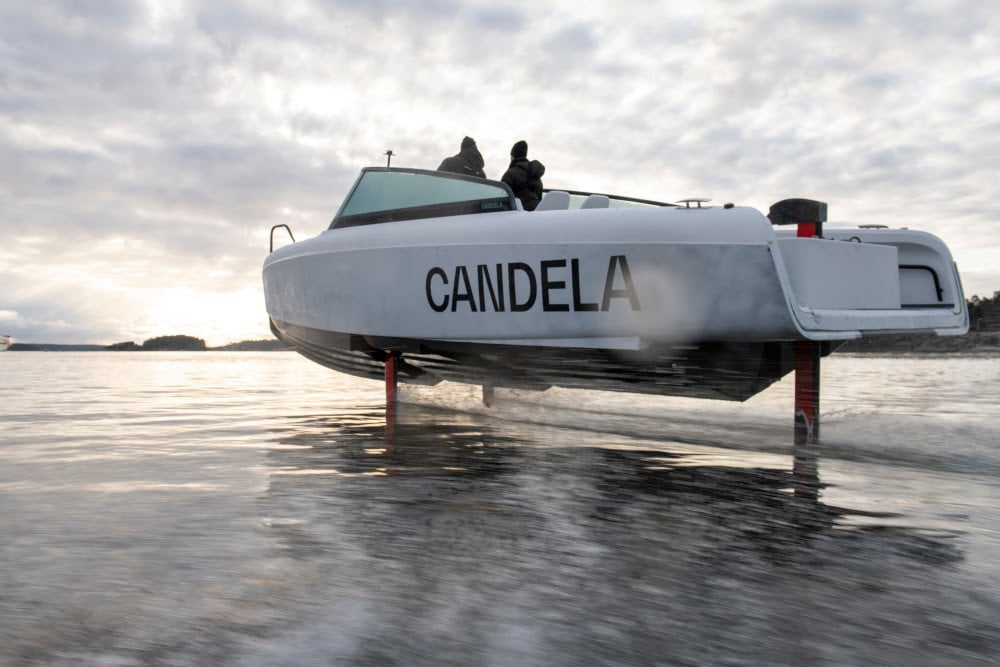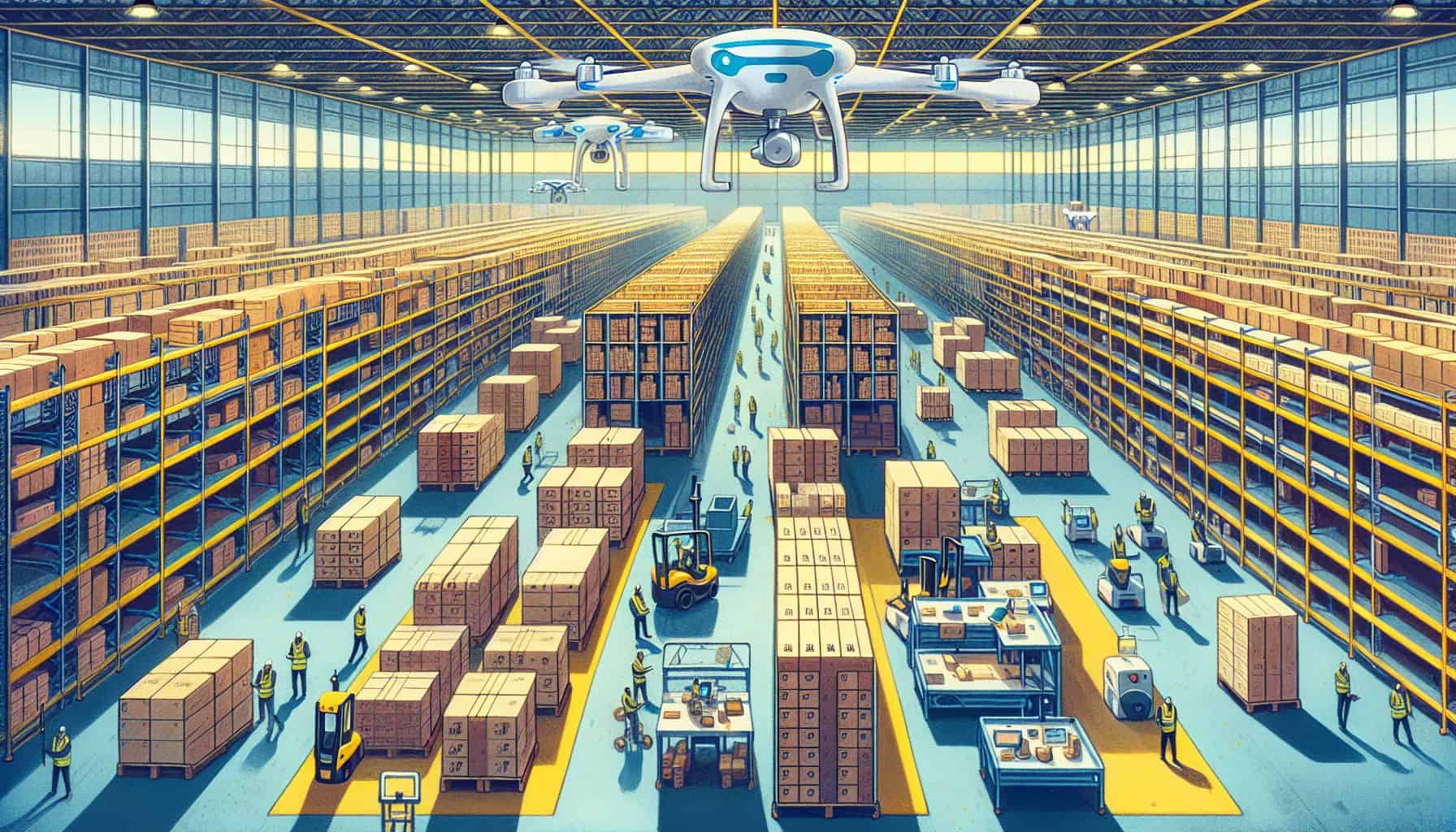
Researchers at Chalmers University of Technology and SSPA have developed a method to apply hydrofoil technology to passenger ferries, potentially enabling them to go electric and reduce water resistance by up to 80%. Meanwhile, Candela has raised $20 million to launch their 30-passenger electric hydrofoil shuttle in Stockholm this summer, with the first operator being the Region of Stockholm. The hydrofoil technology is really grabbing attention. With reduced energy consumption and operational costs, while significantly decreasing CO2 emissions, it aligns perfectly with current needs.
- Multiple regions and cities are testing electric hydrofoil boats.
- Candela is a leading manufacturer of these boats.
- High speed and low energy consumption make them perfect ferries.
Advancements in hydrofoil technology and design
Hydrofoil technology has been around since the 1960s, but its progress was limited by the weight of steel. However, modern hydrofoils made of lighter carbon fibre have improved efficiency. The Chalmers University of Technology and SSPA have partnered to research hydrofoil technology and focus on enhancing ship wing designs. The team developed a computational model that considers various factors to ensure stability and lift, and they tested the hydrofoils in SSPA’s cavitation tunnel to measure the forces involved.
Hydrofoils function similarly to airplane wings, but on a smaller scale due to water’s denser nature. By reaching takeoff speed, hydrofoils lift the hull out of the water, reducing resistance and increasing the vessel’s efficiency. The Swedish model can be applied to current and future boat technologies, providing insights into hydrofoil design and other components.
Candela’s innovative electric hydrofoil shuttle
Candela, an electric hydrofoiling pioneer, has secured an additional $20 million investment to launch their 30-passenger electric hydrofoil shuttle in Stockholm this summer. The Candela P-12 shuttle is highly efficient, using 80% less energy than traditional vessels and emitting 97.5% less CO2 over its lifetime. The shuttle also reduces operational costs by 50% and has already garnered interest from over 180 parties.
The P-12 shuttle can travel at speeds of up to 30 knots with a 180kWh battery capacity, providing a faster and more comfortable ride compared to conventional ferries. By replacing current diesel ferries with five P-12 shuttles, departures on the Ekerö-city route could increase from every 50 minutes to every 11 minutes, resulting in significant time savings for passengers.
Stockholm’s sustainable transportation initiative
Stockholm plans to introduce an electric hydrofoil ferry between the city centre and its islands in 2022. The Candela P-30 will be the first of its kind, reaching speeds of up to 30 knots and travelling up to 60 nautical miles without needing to be recharged. The hydrofoil technology reduces friction, allowing for longer travel distances on one battery charge, and makes the ferry 80% more energy-efficient and 40-50% cheaper annually compared to conventional ferries.
While the electric ferry can only accommodate 30 passengers, compared to the current ferries’ 200-passenger capacity, the proposal is to replace large ferries with smaller boats that depart more frequently, creating a more flexible and efficient public transport system. Electric passenger ships are gaining traction in other cities, such as Rotterdam in the Netherlands, which is also expanding its fleet with emission-free electric boats.
Hydrofoil technology’s potential impact on the maritime industry
Hydrofoil vessels offer a promising alternative for reducing traffic congestion and CO2 emissions in marine cities. The introduction of electric hydrofoil ferries, such as Candela’s P-12 shuttle, marks a significant step towards sustainable and efficient transportation. With continuous advancements in battery technology, electric sailing is expected to benefit from lighter charging units and further improve efficiency.

The future of transportation may involve flying ships that are more fuel-efficient and environmentally friendly. As hydrofoil technology continues to develop and electric ferries gain popularity, we can expect to see a shift towards a more sustainable and cost-effective maritime industry.




